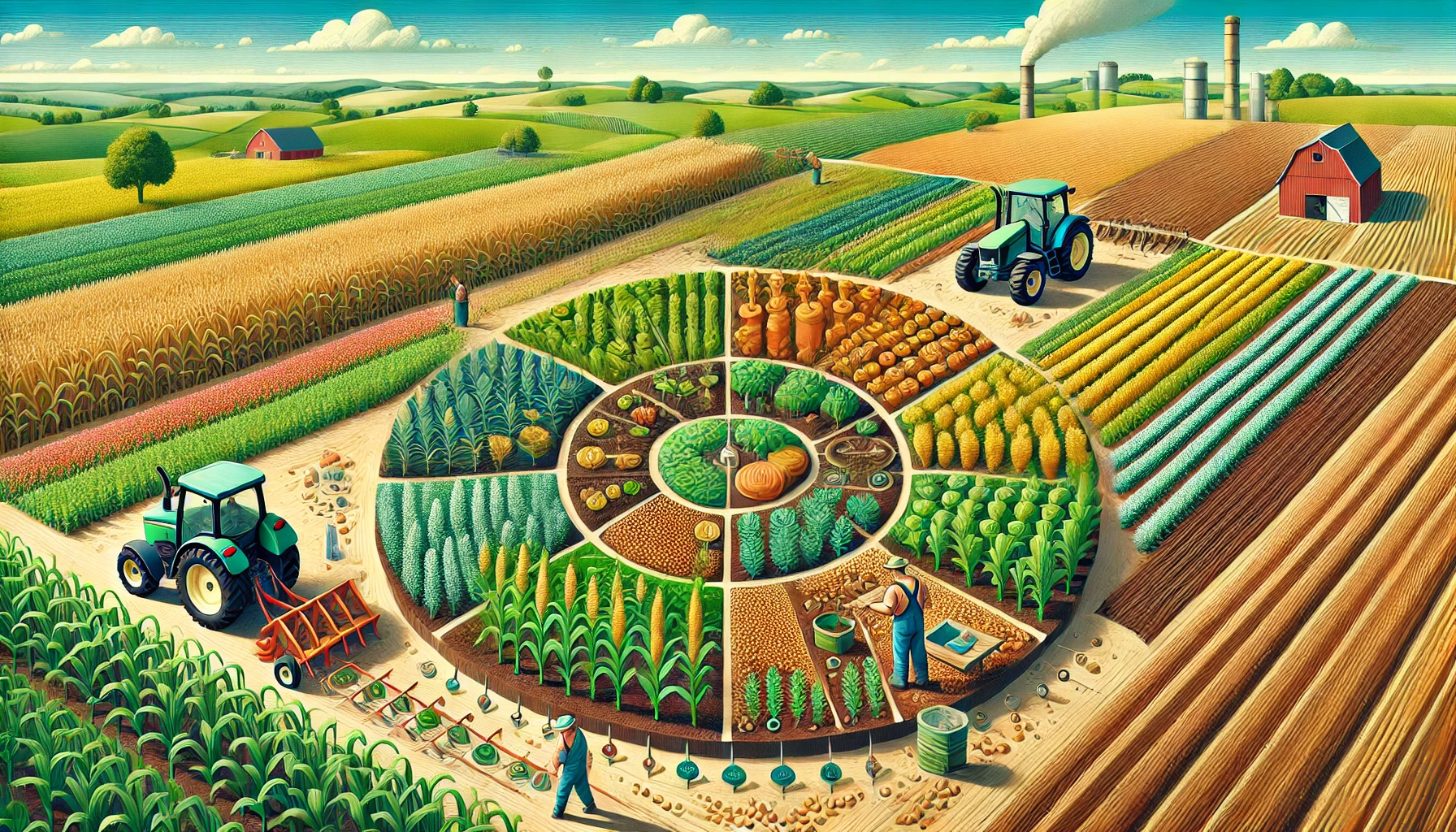How to Do Crop Rotation?
Article Source: Understanding Crop Rotation Practices

Why you should care
Crop rotation is a sustainable farming technique that boosts soil health, reduces pests, and increases yields without relying heavily on chemical fertilizers or pesticides. With global food security becoming a pressing issue, mastering crop rotation can lead to healthier crops and long-term agricultural sustainability.
Answering the question… How to do crop rotation?
Crop rotation involves alternating the types of crops grown in a specific field each season or year. For example, planting nitrogen-fixing crops like beans or peas after cereals like wheat replenishes soil nutrients. Studies show that a three-year rotation can increase yields by up to 25% while reducing pest infestations by 40%.
How was the study done?
The study analyzed data from farms practicing crop rotation over 10 years, focusing on soil fertility, pest control, and crop yields. Researchers compared rotated fields with monoculture ones, tracking key metrics like nitrogen levels, pest populations, and overall productivity.
What was discovered?
- Increased Soil Fertility: Rotating legumes improved soil nitrogen by up to 20%, reducing the need for synthetic fertilizers.
- Pest Management: Pest populations dropped by 30–40% in fields with diverse crop rotations, minimizing pesticide use.
- Improved Yields: Rotations with at least three different crops led to yield increases of 20–25% compared to monoculture farming.
- Reduced Erosion: Alternating root depths between crops helped stabilize soil, reducing erosion by up to 35%.
- Cost Efficiency: Farmers saved an average of 15% on inputs like fertilizers and pest control, making crop rotation economically beneficial.
Why does it matter?
Crop rotation enhances soil health, reduces dependency on chemicals, and supports sustainable farming. It’s a proven strategy to combat climate change effects, maintain biodiversity, and ensure long-term agricultural productivity, especially for small-scale farmers.
